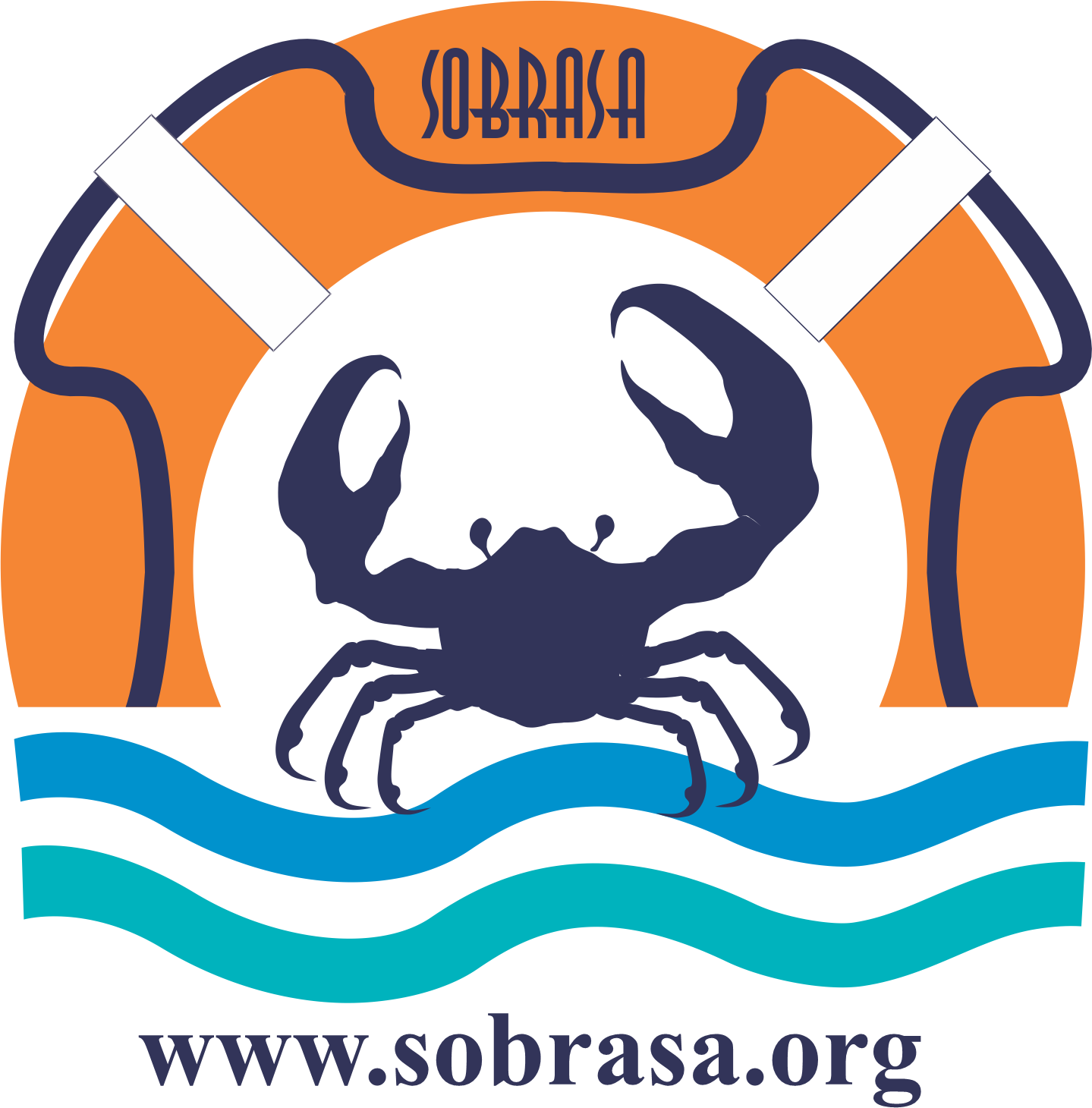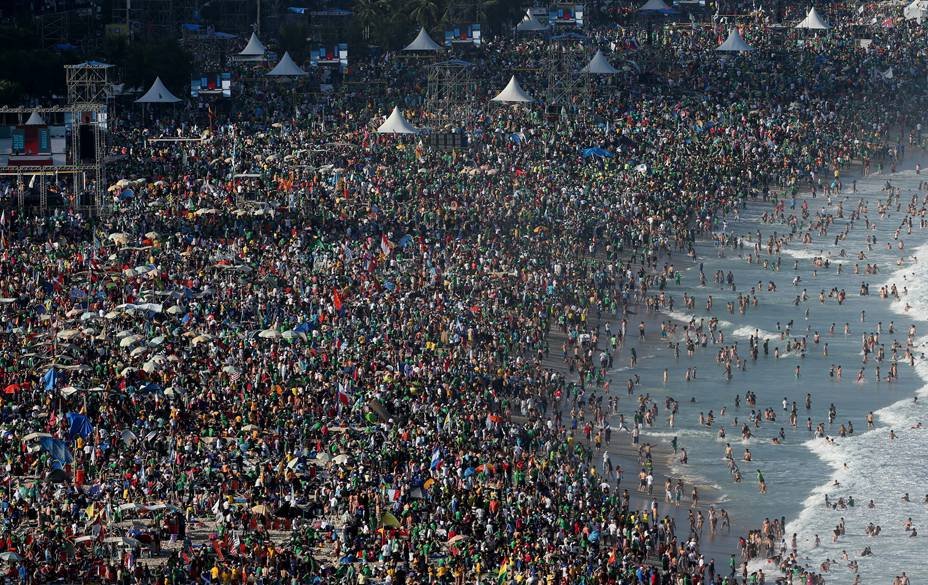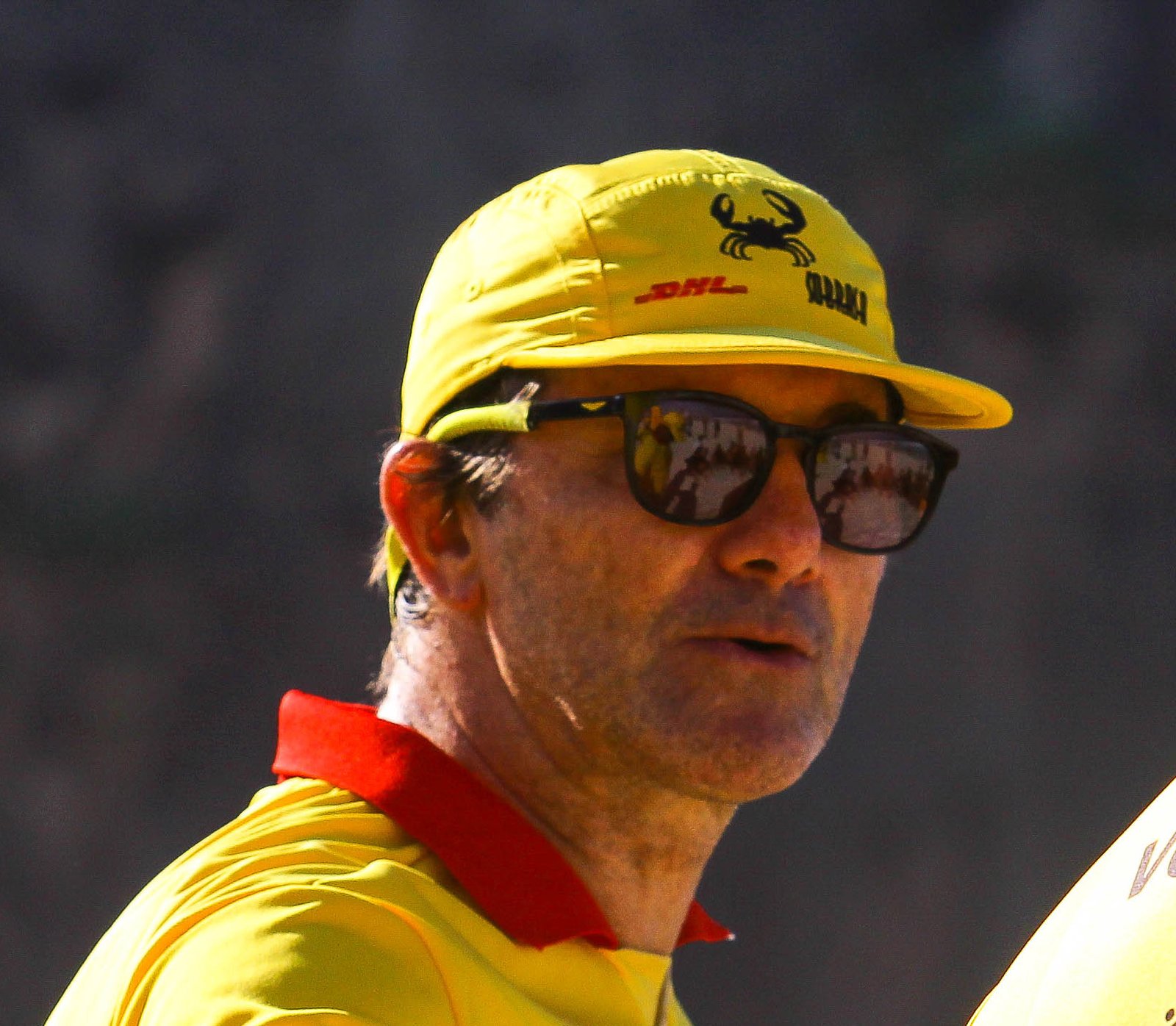Challenges and Feasibility of Applying Reasoning and Decision-Making for a Lifeguard Undertaking a Rescue.
Szpilman D, Billy Doyle, Jenny Smith, Rachel Griffiths, Mike Tipton. Challenges and Feasibility of Applying Reasoning and Decision- Making for a Lifeguard Undertaking a Rescue. International Journal of Emergency Mental Health and Human Resilience,Vol.19, No. 4, pp 1-9 © 2017 OMICS International ISSN 1522-4821.
“In areas where lifeguard services operate, less than 6% of all rescued persons need medical attention and require CPR. In contrast, among areas where no lifeguard services are provided almost 30%
require CPR. This difference indicates in importance of the lifeguard. Lifeguard work requires effective problem identification, diagnostic strategies and management decisions to be made in high-risk environments, where time is of the essence. The purpose of this investigation was to assess all variables involved in lifeguard work related to a water rescue, and how the information obtained could inform lifeguard training and therefore performance. Methods: By using the drowning timeline, the authors explored all variables involved in a single rescue event by inviting 12 lifeguards to complete a survey of their professional role using a three-round Delphi survey technique. The total potential number of decisions for each phase and sub-phases, the number of variables, the probability of a single event repeating, the duration of each sub-phase and amount of variables demanded per minute were measured. Each sub-phase was presented as predominantly rational (if less than 1 variable per/min) or intuitive (if more than 1/min). Results: The variables identified in sub-phases were: “preparation to work” (8 variables and 0.0001 variables/min) and “prevent” (22 variables; 0.03 variables/min); these sub-phases were predominately considered to lead to rational decisions. The variables identified during “rescue” (27 variables and 2.7 variables/min) and “first-aid” (7 variables and 1.7 variables) were predominantly considered intuitive processes. Conclusion: This study demonstrates the complexity of a decision-making process during the quick, physically and mentally stressful moments of rescuing someone. The authors propose better decision-making processes can be achieved by reducing the time interval between identification of a problem and making a decision. Understanding this complex mechanism may allow more efficient training resulting, in faster and more reliable decision-makers, with the overall benefit of more lives saved.”
LEIA TODO ARTIGO EM PDF




